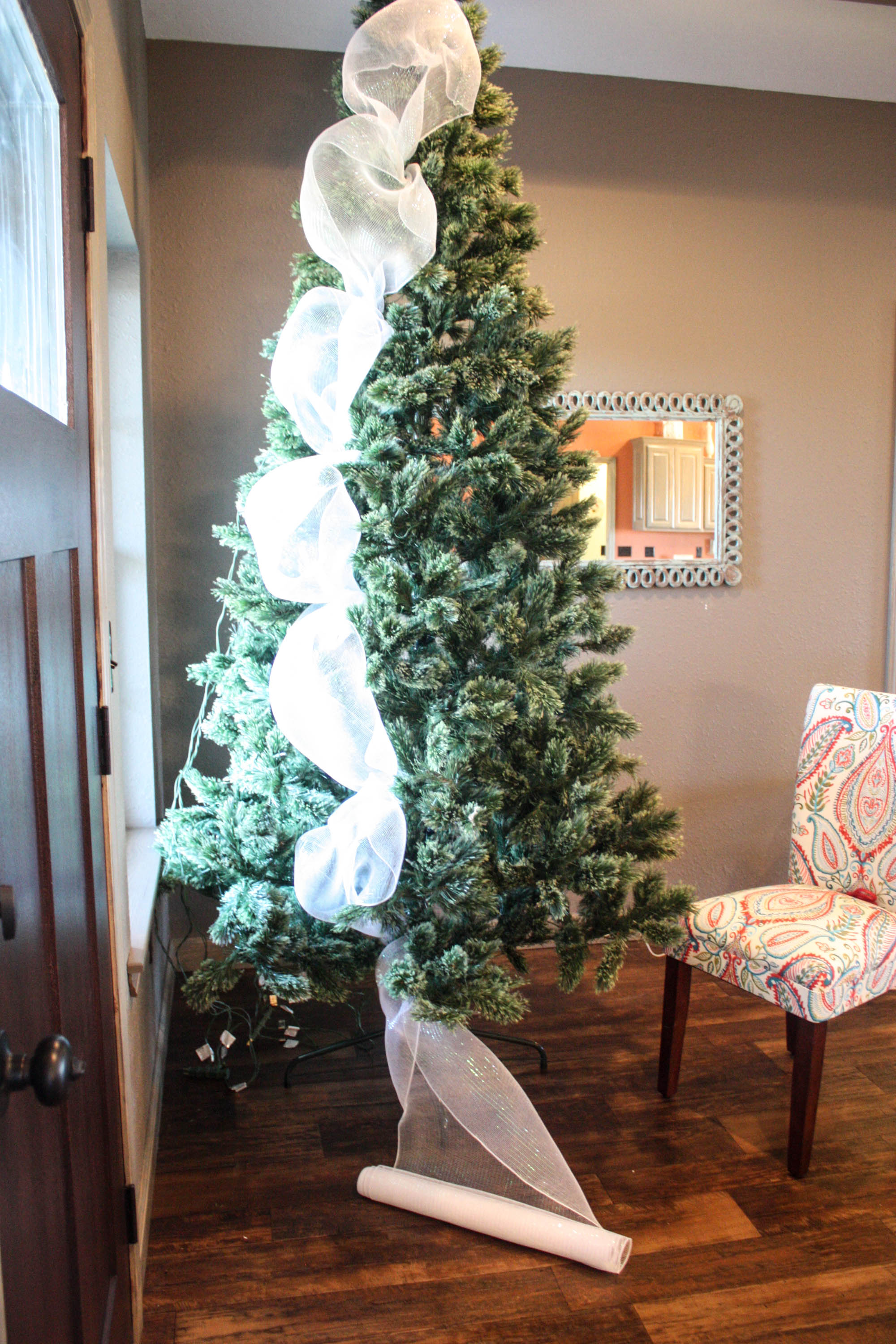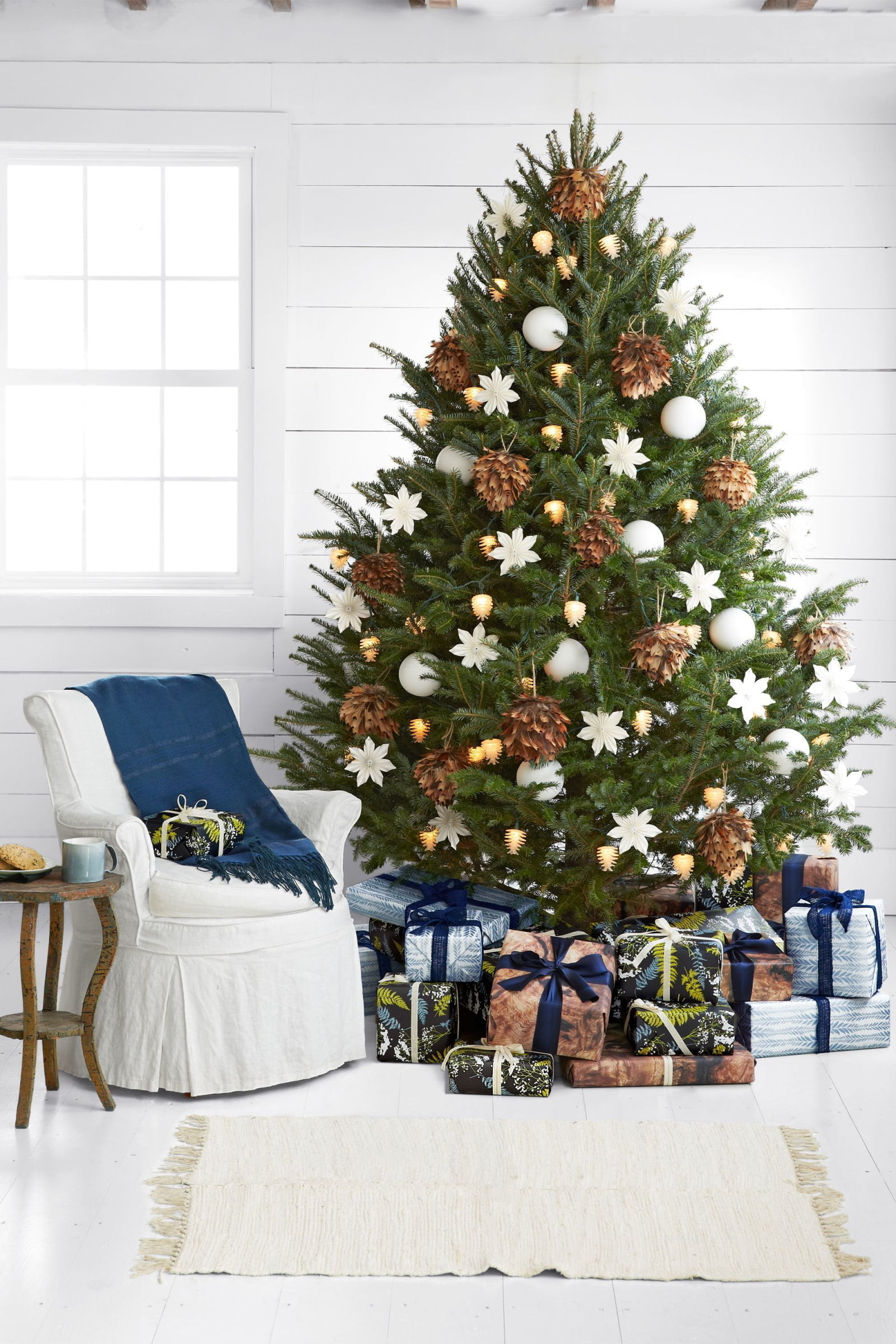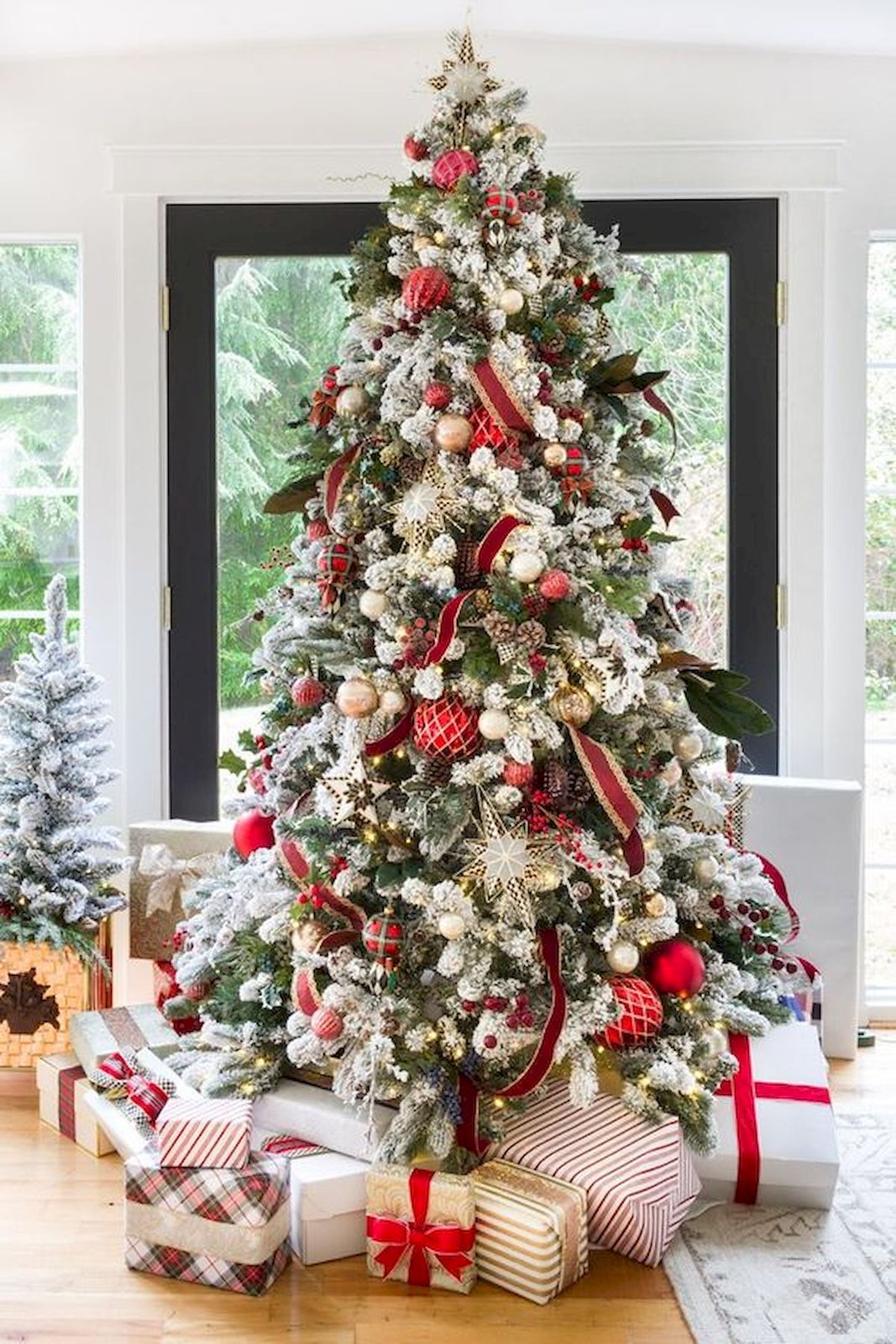The Tradition Behind Decorating Your Christmas Tree

Christmas is a time of joy, togetherness, and celebration, and what better symbolizes this than the tradition of decorating the Christmas tree? This festive ritual, entrenched in the cultural heritage of many societies, is not just about adorning a tree with lights and ornaments but reflects a deep-rooted history that spans centuries.
The Origin of Christmas Trees

The practice of using evergreen trees, wreaths, and garlands to symbolize eternal life was a custom among the ancient Egyptians, Chinese, and Hebrews. However, the modern Christmas tree tradition has its roots in the 16th century in Germany.
- Martin Luther: Legend credits Martin Luther with starting the tradition in the 16th century. While walking home through a forest, he was awed by the beauty of the stars shining through the branches of the fir trees. In an effort to replicate this sight for his family, he erected a tree in his living room and decorated it with candles.
- The Medieval Era: In medieval times, evergreens were used during winter to symbolize life amidst the dormancy of the season. Trees were brought indoors and festooned with fruits, nuts, and paper flowers.
🎄 Note: The use of candles was a fire hazard, and over time, safer alternatives like electric lights became the norm.
Decorating Practices Across the Globe

| Country | Decorating Tradition |
|---|---|
| Germany | First to introduce the Christmas tree tradition, often using candles or lights, apples, nuts, and marzipan cookies as decorations. |
| England | Queen Victoria and Prince Albert popularized the Christmas tree in the 19th century, often decorating it with glass ornaments, tinsel, and homemade decorations. |
| Norway | Christmas trees are often adorned with a variety of decorations including figures from Norwegian folklore. |
| Mexico | Ornaments often reflect Mexican culture, with plenty of handmade items like small clay figures or paper mache figures. |

🌟 Note: Each country's tradition adds unique elements to the Christmas tree, reflecting cultural values and historical practices.
The Symbolism of Christmas Tree Decorations

- Stars and Angels: Topped on trees, they represent the Star of Bethlehem or angels bringing news of Jesus’s birth.
- Lights: Historically, candles symbolized the light of Christ, now replaced by electric lights for safety.
- Glass Ornaments: Introduced in the Victorian era, glass ornaments reflect prosperity and beauty.
- Tinsel: Represents icicles, adding a frosty touch to the evergreen.
- Edible Decorations: From cookies to candy canes, they symbolize hospitality and the sharing of abundance.
The Impact of Commercialization

With the rise of mass production and consumerism, the Christmas tree tradition has evolved significantly:
- Manufactured Ornaments: From handmade to store-bought, ornaments now come in an endless variety of shapes and themes.
- Tree Toppers: From stars to angels, they’ve become an essential part of the Christmas decor, often intricately designed.
- Artificial Trees: Originally made from goose feathers, today’s artificial trees can look very realistic, allowing for more elaborate and thematic decorations.
🎁 Note: The commercialization has democratized Christmas decorations, making them accessible to a wider audience, but it has also led to concerns about the environmental impact of plastic decorations.
Modern Trends and Personal Touches

Today, people often personalize their Christmas trees, making them a reflection of their personalities or current trends:
- Theme Trees: Families might choose a color scheme or theme, like vintage or modern, for their tree decorations.
- DIY Ornaments: Crafting homemade ornaments, which carry personal stories and memories, has become popular.
- Alternative Materials: Eco-friendly options like wooden, paper, or fabric ornaments are gaining traction.
- Interactive Decorations: Decorations that engage children, like felted characters or moving ornaments, are a fun modern twist.
Summary

The tradition of decorating Christmas trees has evolved from a symbol of eternal life and light to a cherished cultural practice, merging historical significance with contemporary flair. It’s a tradition that continues to evolve, reflecting both our cultural heritage and personal stories. Whether you’re stringing lights, hanging ornaments, or adorning your tree with a special topper, each act of decoration connects you to a long line of history that celebrates life, community, and the spirit of giving during the festive season.
What is the historical significance of the Christmas tree?

+
The Christmas tree symbolizes life and light in the middle of winter, a tradition that began in ancient civilizations and was later Christianized to represent the eternal life through Christ.
Why are candles and lights used to decorate Christmas trees?

+
Lights, originally candles, were used to represent the light of Christ, signifying hope and illumination in the darkness.
Can you explain the role of commercialization in Christmas tree decorating?

+
Commercialization has made decorations more accessible but has also led to a debate about environmental sustainability with the increase in plastic use.
How have traditions of decorating Christmas trees changed over time?

+
From natural decorations like fruits and nuts to elaborate, theme-based decor, the tradition has evolved to reflect cultural shifts and technological advancements.